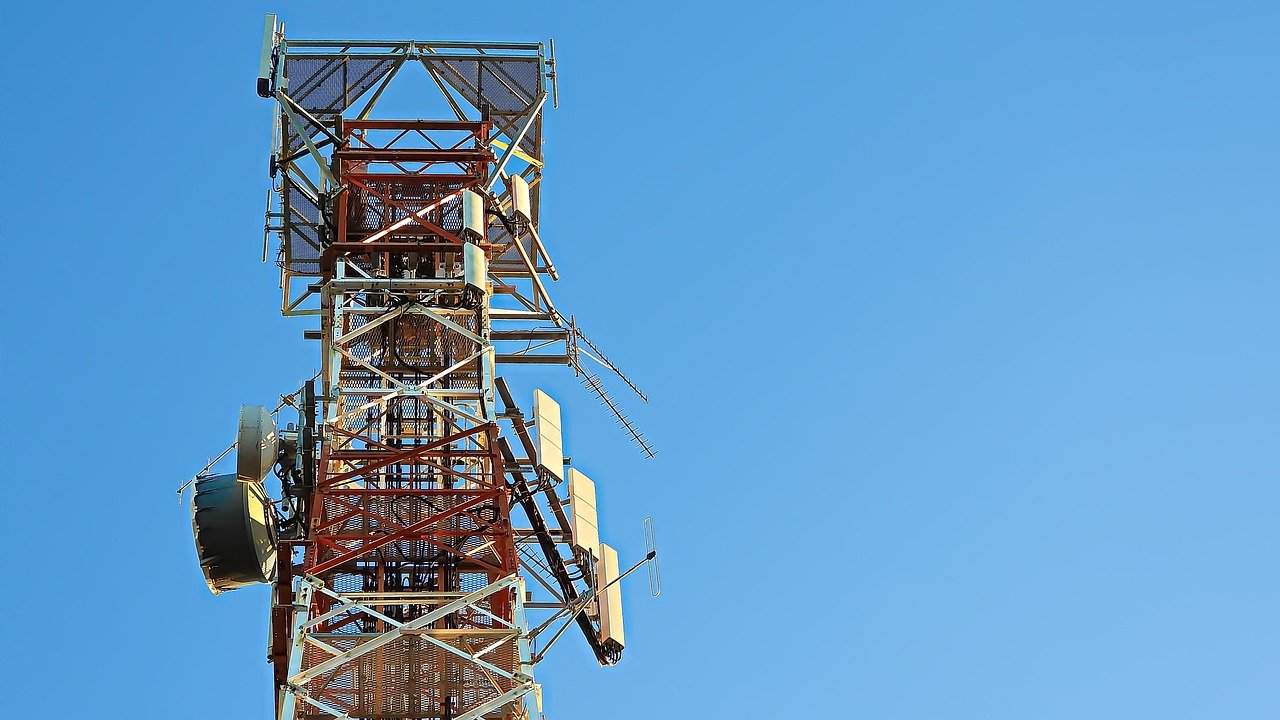Is 6G Research Gaining Traction Down Under?

As the world begins laying the foundation for 6G wireless communications — a technology that promises data speeds up to 100 times faster than 5G — Australia finds itself at a crossroads: either help shape the next generation of connectivity or risk falling behind.
From 5G to 6G: A Leap, Not Just a Step
While 5G rollout is still ongoing across Australia, global tech leaders are already looking ahead to 6G. South Korea, the United States, China, Japan, and the European Union have initiated national 6G strategies, funding billions into research initiatives. But where does Australia stand?
“We cannot afford to be late to the 6G party,” warns Professor Alana Cheng, head of Telecommunications Engineering at UNSW. “If we’re passive observers, we’ll end up consumers — not contributors — in the global tech ecosystem.”
What Exactly Is 6G?
6G is envisioned as a transformative wireless standard that goes beyond faster downloads. It aims to deliver:
- Terabit-level speeds (up to 1 Tbps)
- Ultra-low latency (under 0.1 ms)
- Massive machine-type communication for IoT and automation
- AI-native networks that can self-optimise in real time
- Integration with quantum computing and satellite systems
Applications include real-time holographic communication, precision telemedicine, immersive extended reality (XR), and autonomous infrastructure networks.
Australia’s Emerging 6G Footprint
While there is no unified national 6G roadmap yet, signs of momentum are emerging:
- CSIRO’s Data61 has published white papers on future wireless ecosystems
- University of Sydney and UNSW have launched joint 6G research labs with partners in Asia and Europe
- Telstra joined the global Next G Alliance as an observer in 2024
- 5G Innovation Initiative under the Department of Infrastructure is expanding to explore 6G testbeds
“Australia’s strengths lie in academia, satellite systems, and spectrum planning — but we lack the industrial clout of the US or China,” says Dr. Marcus Flint, lead researcher at CSIRO's wireless program.
Global Cooperation vs. National Autonomy
One of the challenges Australia faces is balancing collaboration with technology sovereignty. While open research networks encourage innovation, there's a growing push to ensure critical infrastructure remains under domestic or allied control.
In 2025, the Australian Government allocated $150 million toward “sovereign communications R&D” as part of its Digital Sovereignty Framework, with 6G named a priority technology.
“We need local capability in key areas — antenna design, spectrum policy, edge AI — if we’re to shape how 6G unfolds, rather than react to it,” says Minister for Industry and Science, Ed Husic.
The Spectrum Race
6G will operate primarily in the terahertz (THz) range — frequencies far beyond those used for current mobile networks. Australia’s ACMA has already begun consultations on freeing up spectrum in the 100 GHz to 300 GHz bands.
However, the race for THz frequencies is competitive and international. If Australia does not stake a claim early, it may find its domestic usage constrained by foreign standards and international treaties.
Challenges Facing Australia
Despite early efforts, Australia faces several hurdles in scaling up 6G research:
- Limited manufacturing capacity for microelectronics and antennas
- Skills gap in wireless systems engineering and signal processing
- Underinvestment compared to major economies
- Regulatory complexity across spectrum allocation, satellites, and cybersecurity
According to Deloitte’s 2025 Tech Futures report, Australia invests roughly one-tenth the amount per capita in future wireless R&D as South Korea or Finland.
Industry Watch: Who’s Moving First?
Several companies are laying the groundwork:
- Telstra has partnered with Ericsson to explore ultra-dense 6G antenna arrays
- Nokia has signed a memorandum with the University of Adelaide on THz experimentation
- Optus is investing in AI-driven network automation for scalable 6G readiness
Meanwhile, satellite companies like Fleet Space Technologies are eyeing hybrid 6G-orbit deployments combining terrestrial and orbital connectivity.
The Role of AI and Cybersecurity
Unlike previous wireless generations, 6G is expected to be AI-native — meaning machine learning will be built into the network's core functions, not just the edge.
But this opens up new attack surfaces. Ensuring secure-by-design architecture and end-to-end encryption will be critical, particularly as 6G networks may handle sensitive autonomous vehicle data, medical imaging, and defense communications.
“Cybersecurity and 6G must evolve together,” says Dr. Nina Brewster from the Australian Cyber Collaboration Centre. “We can’t afford to bolt it on later.”
Looking Ahead: A 6G Roadmap for Australia?
Industry bodies are calling for a coordinated national strategy. The Australian Telecommunications Association has proposed the creation of a “National 6G Taskforce” comprising government, academia, defense, and telcos.
“We need vision. We need funding. And we need to get over our habit of waiting to see what the US or Europe does first,” says Melanie Reid, CEO of the Communications Futures Forum.
Conclusion: A Chance to Lead or Linger
The global 6G rollout is expected around 2030, with early deployment trials starting as soon as 2028. That gives Australia three to five years to position itself as an innovator or risk becoming a passive consumer in a hyper-connected future.
While Australia has strong fundamentals — respected universities, regulatory foresight, and a vibrant tech sector — scaling up will require vision, investment, and commitment from both public and private sectors.
The question isn’t whether 6G is coming. It’s whether Australia will be ready to ride the wave — or simply watch it pass by.